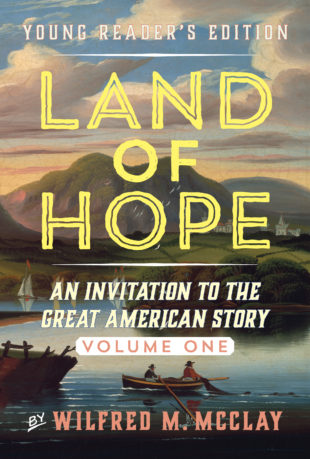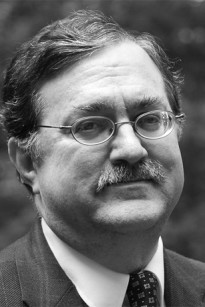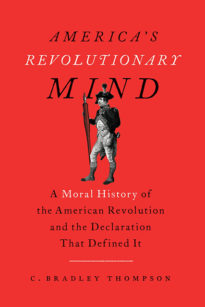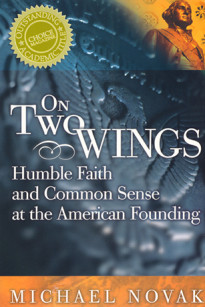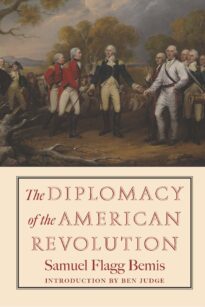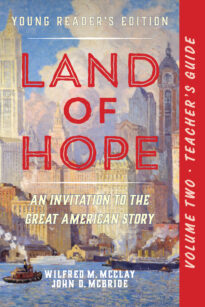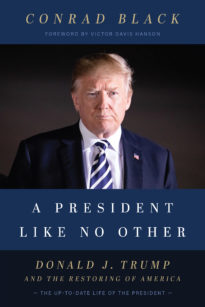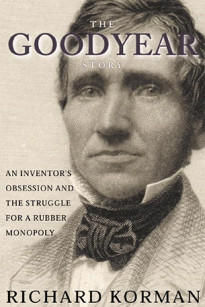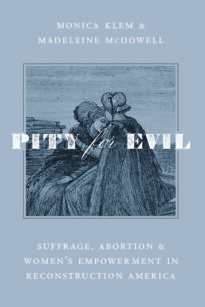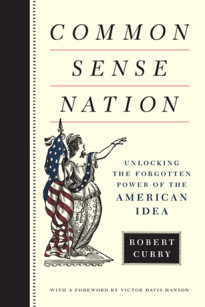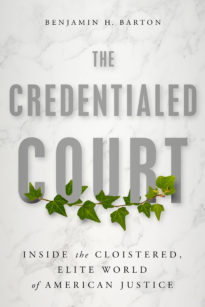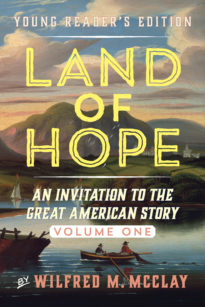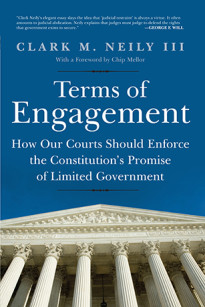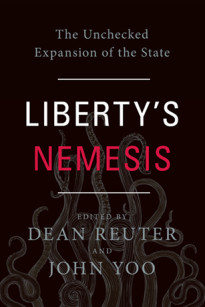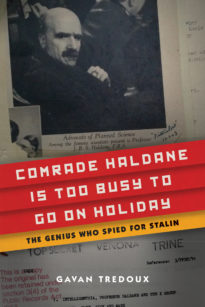B
ut where to begin? How far back do we go?
If we try to tell the whole story, we might end up going back many thousands of years. And there’s much we really don’t know for certain. We believe that the first human settlers came over into the western hemisphere perhaps 20,000–30,000 years ago from northeastern Asia, probably by crossing over what is now the Bering Strait, the frigid waters that separate Russia and Alaska. From there, we believe that these first immigrants to America gradually filtered outward and downward, eventually populating all of North and South America.
From those migrant peoples emerged some highly advanced cultures, which rose, flourished, and fell. The Mayas and Aztecs of Mexico, the Incas of Peru, the North American settlements, the Pueblo of the Southwest – all of them blazed a trail across time but left behind for us only a few physical reminders of themselves, silent clues to a once-flourishing but now vanished way of life.
There is something haunting about these remaining traces of earlier civilizations. In a sense, they are a part of our history, even if we know next to nothing about them. Their mysterious life and death haunt us with a somber recognition: the realization that our civilization, too, is perishable and can disappear in the same way.
But we won’t begin our story with those civilizations past, for the simple reason that they had no direct or significant role in the establishment of the settlements and institutions that would eventually make up the country we know as the United States.
Neither did the later discovery and exploration around the year 1000 of a New World by adventurous Norse seamen, such as Leif Eriksson of Iceland. He tried to plant a colony in what is now the large Canadian island of Newfoundland. He and other Norsemen tried their best to establish a settlement in this chilly newfound land to the west. But their efforts came to nothing and are generally counted as historical curiosities. They are interesting false starts on American history, perhaps, but no more than that.
And yet, on further reflection, I need to modify that statement, for the lost civilizations of the first Americans and the episodic voyages of Eriksson and other Norsemen point toward the deepest sources of American history. They point to the presence of America in the world’s imagination as an idea, as a land of hope, of refuge and opportunity, of a second chance at life for those willing to take it. Ideas are as much a part of history as battles, elections, and other deeds. And that idea, and the persistence of that idea, is one of the themes of this book. It is in the book’s title itself.
